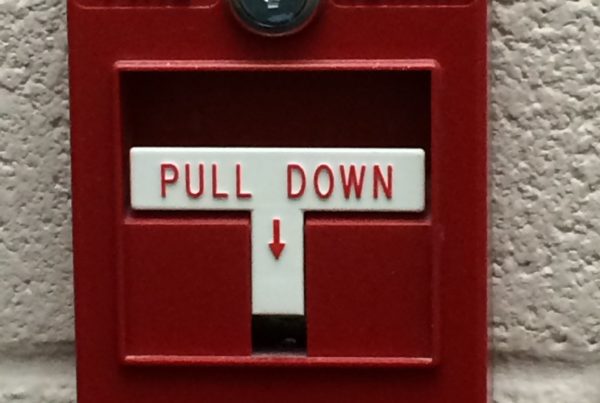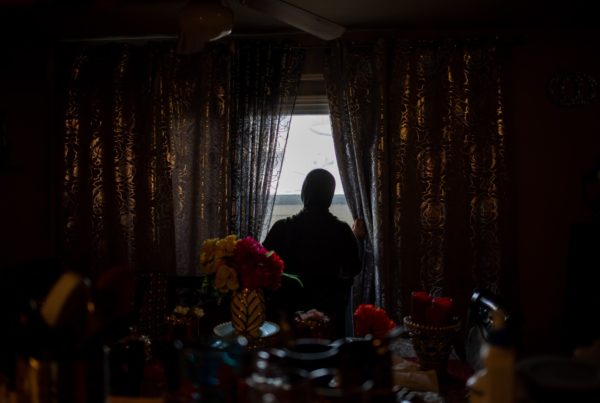From KUT:
It’s hard to really understand what 2011 was like in Texas if you didn’t live through it. The year was a blast furnace, marked by drought, triple-digit heat and historic wildfires. It started with a dry winter that quickly turned into a hot and dry spring, setting the state up for a stretch of scorching months that lasted long into the fall.
The weather so far this year has Randy Denzer worried.
“It feels like 2011 again,” the vice president of the Austin Firefighters Association said. “Even without getting into the science and all that stuff, I’m just talking about the gut feelings of the firefighters who have been there before.”
His gut may be on to something.
Once again, a La Niña weather pattern has coincided with a drier-than-usual winter. Drought has gripped large swaths of the state, bringing frequent wildfires. Intense heat has also come early to many places, with San Antonio recording its earliest ever back-to-back pair of triple-digit days last week. Perhaps most importantly, the prospect for spring rains is diminishing, meaning much of the state could head into a hot summer with little moisture in the ground to keep heat and drought at bay.
All those factors make 2022 “eerily similar” to 2011 weather conditions, said Victor Murphy, the climate program services coordinator with the National Weather Service in Fort Worth.
“Back in 2011, 26% of the state was in exceptional drought [in early May] This year it is 23%,” Murphy said. “Very similar.”
“I cannot stress enough how critical it is for the I-35 corridor to get its normal precip in May and June,” he said. Unfortunately, he calls the prospects for rain in the short run “near zero.”
That’s concerning because rain that soaks into the earth in the spring acts as protection against extreme heat in the summer.
After spring rains “there’s more water to evaporate that diverts some of the sun’s energy that can’t go to the heating up the ground,” State Climatologist John Nielsen-Gammon explained. A dry spring means moisture won’t be on hand, leading to a hotter summer.
No spring rain also lowers the chance of rain later in the season, he said.
“We get thunderstorms developing during the late spring and summer from moisture that comes partly from the ground,” Nielsen-Gammon said. “The less rain we have, the less water there is in the soil and the less additional rain that water can produce.”
“Droughts tend to prolong themselves this time of year in Texas,” he added.
But for all the similarities between this spring and spring 2011, there are also crucial differences.
Murphy and Nielsen-Gammon point out that the drought of 2011 was nearly statewide. This year the drought in West Texas and parts of Central Texas is actually worse than in the early parts of 2011. Meanwhile, large chunks of East and Northeast Texas have seen sizable rainfall.
Thanks to rains last year, reservoirs in Central and East Texas are also not as depleted as they had been by this time 11 years ago, Nielsen-Gammon said.
Even if this year doesn’t surpass 2011 in terms of heat and drought, experts say there’s still plenty of cause for concern.
“There’s a lot of room between the hottest summer on record and the second hottest summer on record,” Nielsen-Gammon said. “We could well hit that target.”
The steady increase in the number of hot days is also part of a trend. In a recent study, Nielsen-Gammon forecasted that the number of triple-digit days experienced on average by Texans will double by 2036 thanks to global warming.














